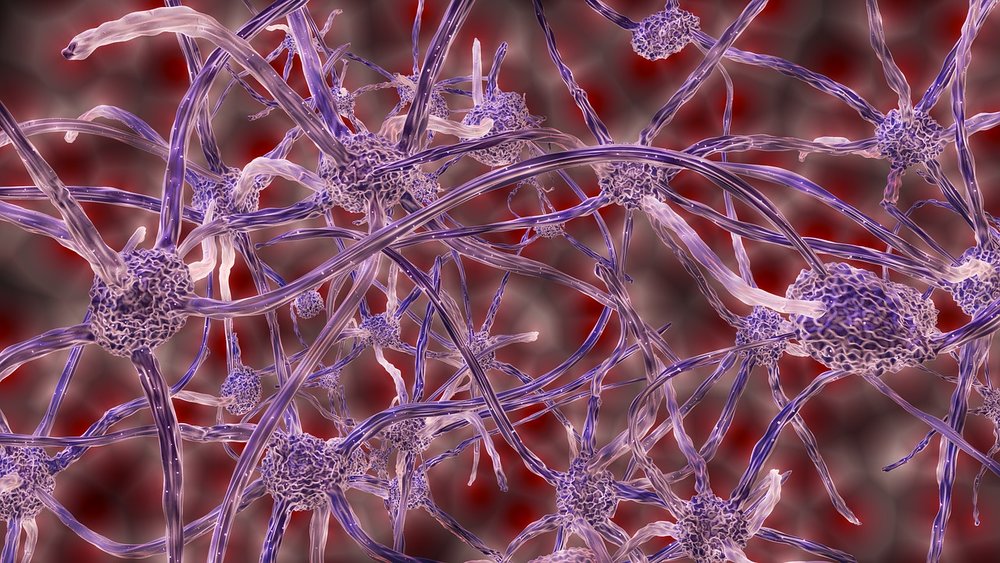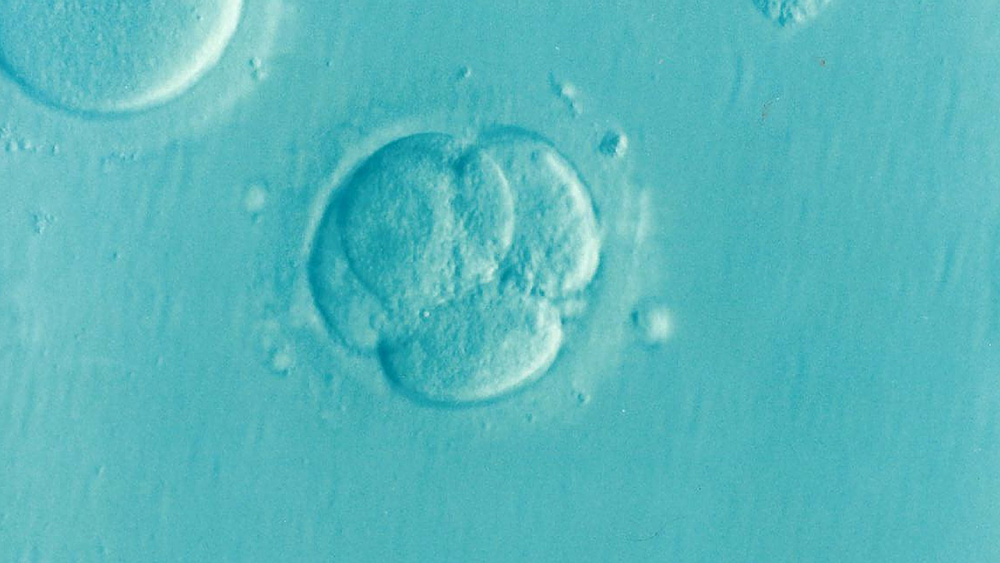Researchers from Stanford have identified human skeletal stem cells that become bone, cartilage, or stroma. Cells were recovered from fetal and adult bone marrow and were also derived from induced pluripotent stem cells. This discovery will open up new therapeutic possibilities.
This is the first time that skeletal stem cells, earlier observed in mice, have been identified in humans. The same research team takes credit for both discoveries. In the study published in Cell, researchers show how skeletal stem cells are both self-renewing and multipotent.
“Given the tremendous medical burden imposed by degenerative, neoplastic, post-traumatic, and post-surgical skeletal disorders, we believe that identifying this human skeletal stem cell and elucidating its lineage map will enable the molecular diagnosis and treatment of skeletal diseases,” Michael Longaker senior study author of Stanford University School of Medicine, told The Scientist.
Skeletal tissues such as bone have great regenerative potential. Unfortunately, bones in humans can recover only from small to moderate sized defects. Adult cartilage tissues possess little to no regenerative ability and humans show severe age-related degeneration of skeletal tissues over time. Up to now, stem cell regulation in the human skeletal system was largely unexplored.
“For many years there’s been this debate about a true human skeletal stem cell. This study unequivocally demonstrates that it’s there and that it is self-renewing,” said Richard Oreffo, a stem cell biologist at the University of Southampton in the UK who did not participate in the work. “There’s still a lot to do, but this is a tremendous step forward for the field.”
The researchers took a human fetal femur, sorted the nonhematopoietic cells from blood precursors and sequenced individual, non-blood cells’ RNA. Based on the expression profiles of cells located in areas of active growth in the fetal bone, they found a suite of four protein markers (PDPN, CD146, CD73, CD164). The hypothesis was that the presence or absence of proteins could define skeletal stem cells. With fluorescence-activated cell sorting (FACS) they isolated groups of cells positive for PDPN, CD73, and CD164 and negative for CD146. They were capable of regenerating themselves indefinitely and differentiating into cartilage, bone, and stroma in culture. The same result was achieved when cells were transplanted underneath the outer layer of the kidney in adult mice (in vivo incubator).
Furthermore, researchers determined that skeletal stem cells were present in both damaged and undamaged adult human femurs. Also, with the application of certain factors, they derived human skeletal stem cells from blood cells and from adipose stroma (the non-fat, non-vascular cells that physicians collect during liposuction). This could be an abundant potential reservoir of stem cells for future research and therapies.
“This is a really valuable paper and a next step in the process of unraveling the stem and progenitor populations that are present in bone marrow,” said George Muschler, an orthopedic surgeon at the Cleveland Clinic who was not involved in the study. The authors have “added several new tools, particularly this PDPN marker, to the set of markers that we as scientists can use to find cells of interest.”
Researchers have defined the markers for different subpopulations of progenitor cells and so provided a starting point to identify cells that only become cartilage. The finding could be useful in treating diseases such as osteoarthritis, in which the protective cartilage at the ends of bones wears down.
“If tissue engineering and regenerative medicine is going to go in the direction of growing and using cells that can be expanded in the laboratory, these tools are really extraordinarily important in helping people start from a controlled environment,” said Muschler. “Having better tools that narrow the range and variation in the starting materials could have important implications on cell manufacturing in the future for therapies.”
Treatment options aimed at improving skeletal function are currently limited. According to Longaker, the discovery could open the door to the regeneration of the aging skeleton. Hopefully, with time, new treatments for fractures, joint damage, and osteoporosis will be developed.
“In plastic surgery, we want to replace like with like, so if you have the skeletal stem cell or the bone-forming progenitor, use that for bone and cartilage for cartilage,” said Longaker.
Learn more about the future of tissue engineering in the video below. Or watch educative video abstract.
By Andreja Gregoric, MSc










